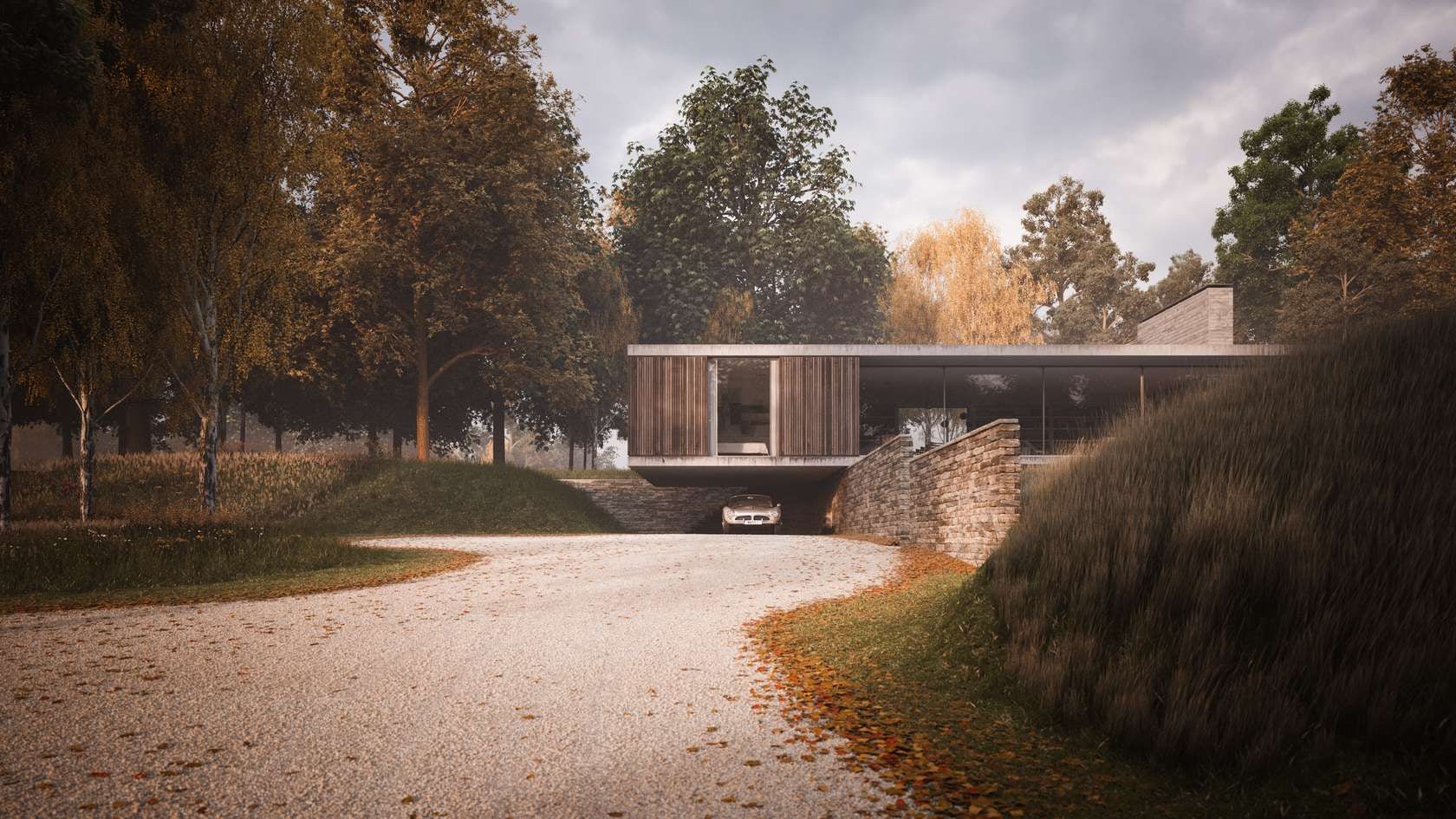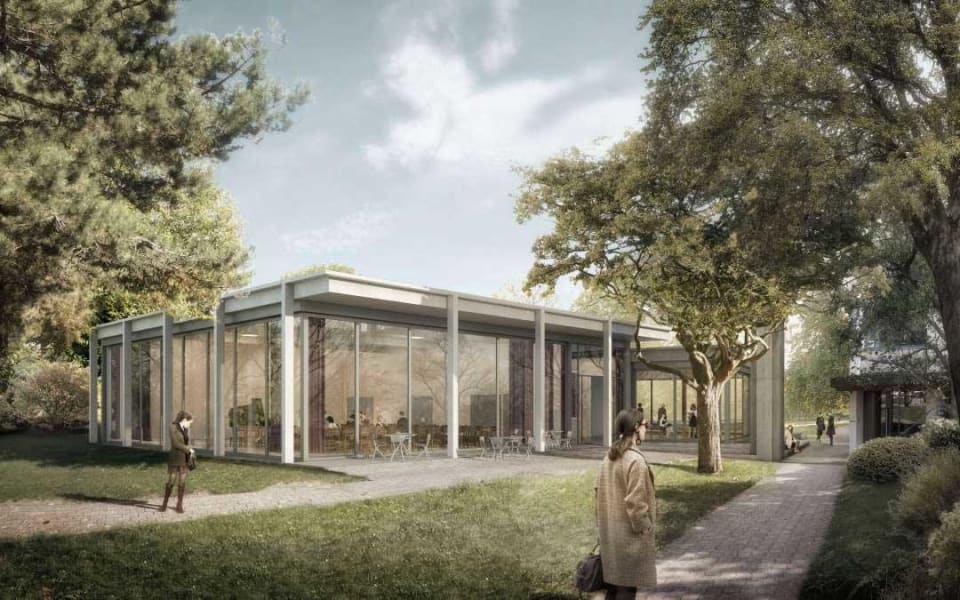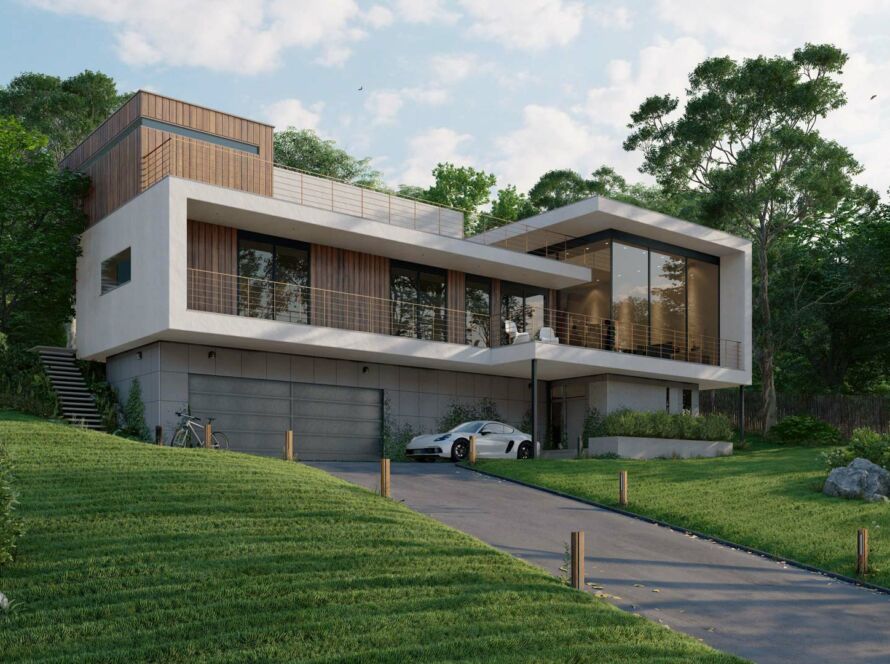In the world of architecture, there are many different styles of rendering that can be used to create a beautiful and realistic image of a proposed design. In this blog post, we will explore some of the most popular rendering styles and how they can be used to bring your vision to life.
Introduce
There are many different architectural rendering styles that you can use to show off your work. But, how do you know which style is right for you and your project? In this article, we will introduce you to the most popular architectural rendering styles so that you can make an informed decision.
The most popular architectural rendering styles are:
- Realistic Rendering
- Abstract Rendering
- Imaginative Rendering
- Skeletal Rendering
- Silhouetted Rendering
- Conceptual Rendering
- Watercolor Painting

Which one of these styles is best suited for your project depends on a variety of factors, including the type of project, the level of detail required, and your personal preference. Let’s take a closer look at each style so that you can make an informed decision about which style is right for you.
- Realistic Rendering: This style focuses on creating a realistic representation of the subject matter. This is achieved by using accurate details and lifelike colors. This style is often used for projects that require a high level of detail, such as engineering drawings or construction plans.
- Abstract Rendering: This style takes a more abstract approach to representing the subject matter. This can be achieved by simplifying the forms and using bold colors and patterns. This style is often used for projects that require a less detailed representation, such as conceptual sketches or illustrations
What styles can be used in 3D visualization?
3D visualization can be used in a variety of styles, including traditional, realistic, and conceptual. Traditional 3D visualization is typically used for more realistic renderings, while conceptual 3D visualization is often used for more abstract or stylized images.
What is the best software for 3D visualization?
There is no one “best” software for 3D visualization. However, some popular options include Autodesk 3ds Max, Autodesk Maya, and Blender.

What are the most popular architectural rendering styles?
There are three popular architectural rendering styles: photorealistic, hand-drawn, and computer-generated.
Photorealistic renderings are realistic images that are created to look like photographs. They are often used to show what a finished project will look like. Hand-drawn renderings are sketches or illustrations that are done by hand. They can be either digital or traditional. Computer-generated renderings are created using software such as AutoCAD or Revit.
Types of architectural visualizations
There are three main types of architectural visualizations:
- Exterior Rendering: An exterior rendering is a type of visualization that focuses on the outside of a building or structure. This type of rendering is typically used to showcase the overall design of a project, or to highlight specific features such as landscaping, lighting, or materials.
- Interior Rendering: An interior rendering is a type of visualization that focuses on the inside of a building or space. This type of rendering is typically used to showcase the layout and design of an interior space, or to highlight specific features such as furniture, finishes, or lighting.
- Aerial Rendering: An aerial rendering is a type of visualization that shows a building or structure from an aerial perspective. This type of rendering is often used to show the location of a project in relation to its surroundings, or to provide an overview of the project site.
Conclusion
There you have it! A brief overview of the different architectural rendering styles that are popular today. As you can see, each style has its own unique benefits and drawbacks, so it’s important to choose the one that best suits your needs. Hopefully this article has helped you narrow down your choices and given you a better idea of what to look for in an architectural rendering software.






